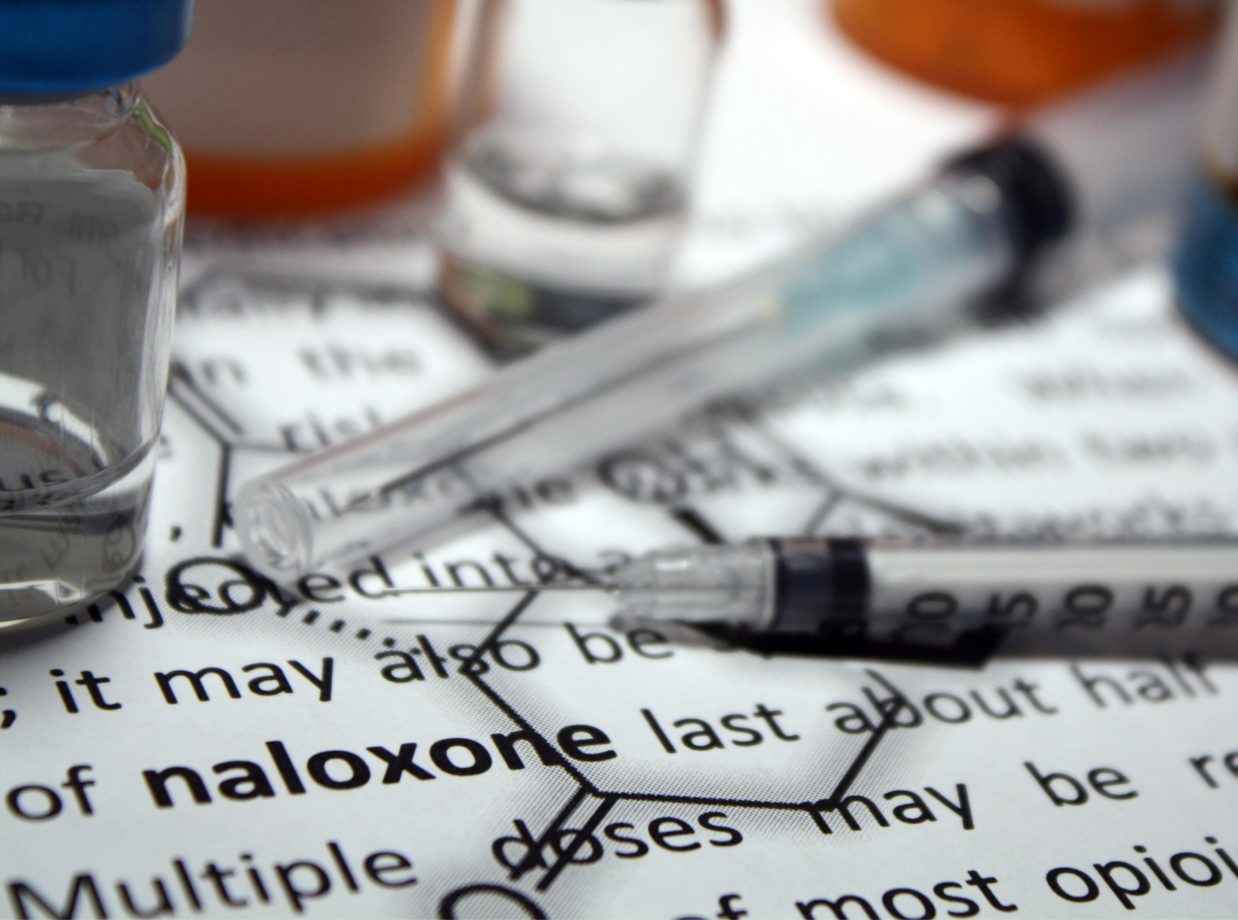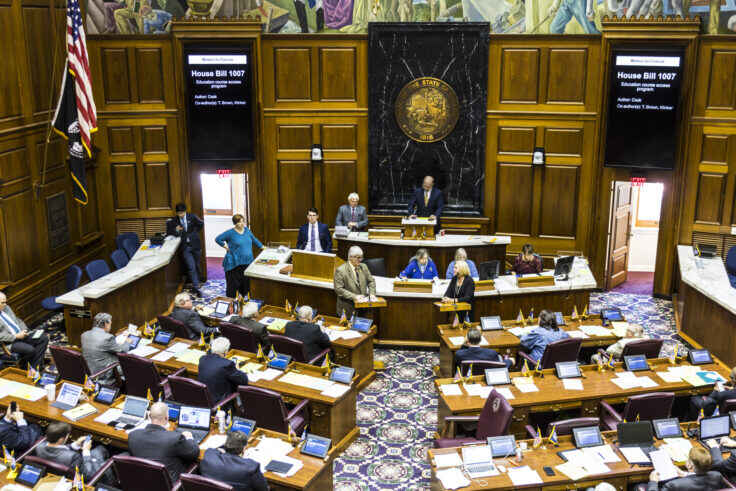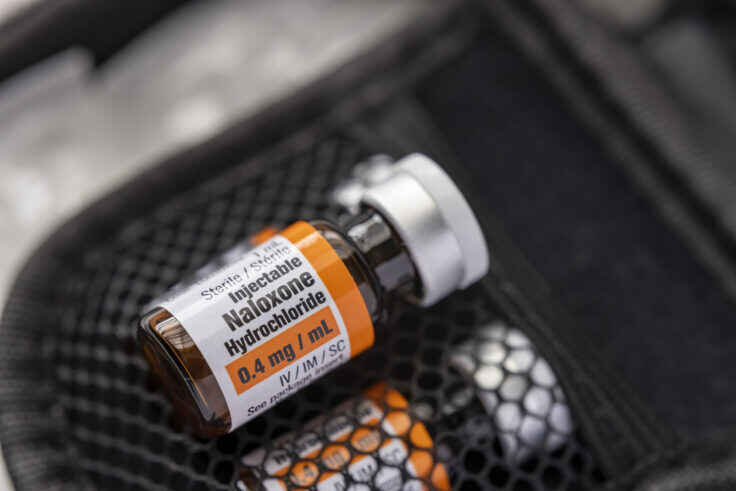Substance Use Prevention and Harm Reduction
The national opioid epidemic began with widespread addiction to, and misuse of prescription painkillers. More recently, illegal drugs such as heroin and illicitly manufactured fentanyl are responsible for a majority of fatal overdoses. As well, a growing number of states are legalizing marijuana, still considered an illicit drug at the federal level, for medical and adult recreational use. Law and policy can help or hinder harm reduction and overdose prevention measures.

Explore a Sub-topic
Resources

Understanding and Implementing Updates to 42 CFR Part 2, Confidentiality of Substance Use Disorder Patient Records
Read More

Naloxone Prescription Mandates
Read More

Legality of Drug Checking Equipment in the United States
Read More

Supplantation in the Context of Opioid Settlement Funds
Read More

Policies in Schools to Reduce Overdose and Other Drug-related Harm
Read More

Healthcare Policies to Reduce Overdose and Other Drug-related Harm
Read More

Criminal and Legal Policies to Reduce Overdose and Other Drug-related Harm
Read More

Community-Based Policies to Reduce Overdose and Other Drug-related Harm
Read More

Characteristics of Statewide Naloxone Distribution Mechanisms
Read More

Cannabis Legalization: Critical Policy Issues Impacting the Health of Children
Read More

Harm Reduction Laws in the United States
Read More

Harm Reduction Laws in the United States – 2024 Update
Read More
Spotlight

A New Argument from DOJ May Help to Increase Disability Protections for People Who Use Drugs
Read More

Overdose Mortality Is Trending Down, but the Story is Different for Elder Black Men
Read More

Three Federal Tobacco Regulatory Measures Up for Change in 2025
Read More
Explore Topics
Related Healthy Living Resources
How we can help
Legal Research and Assistance
Experienced legal experts are available to answer questions and provide research, analysis and guidance. Tell us what you’re working on. We’re ready to help.







